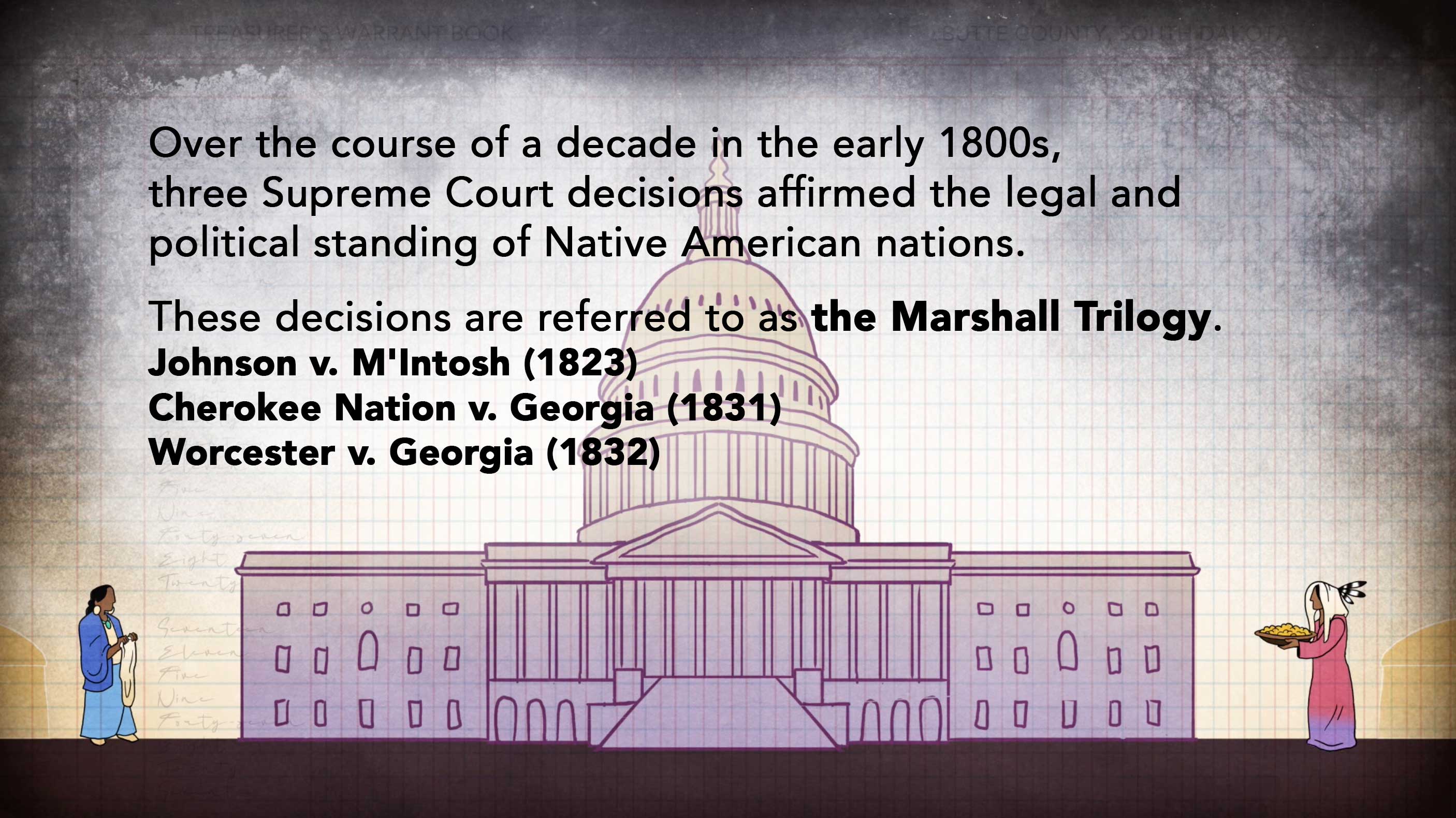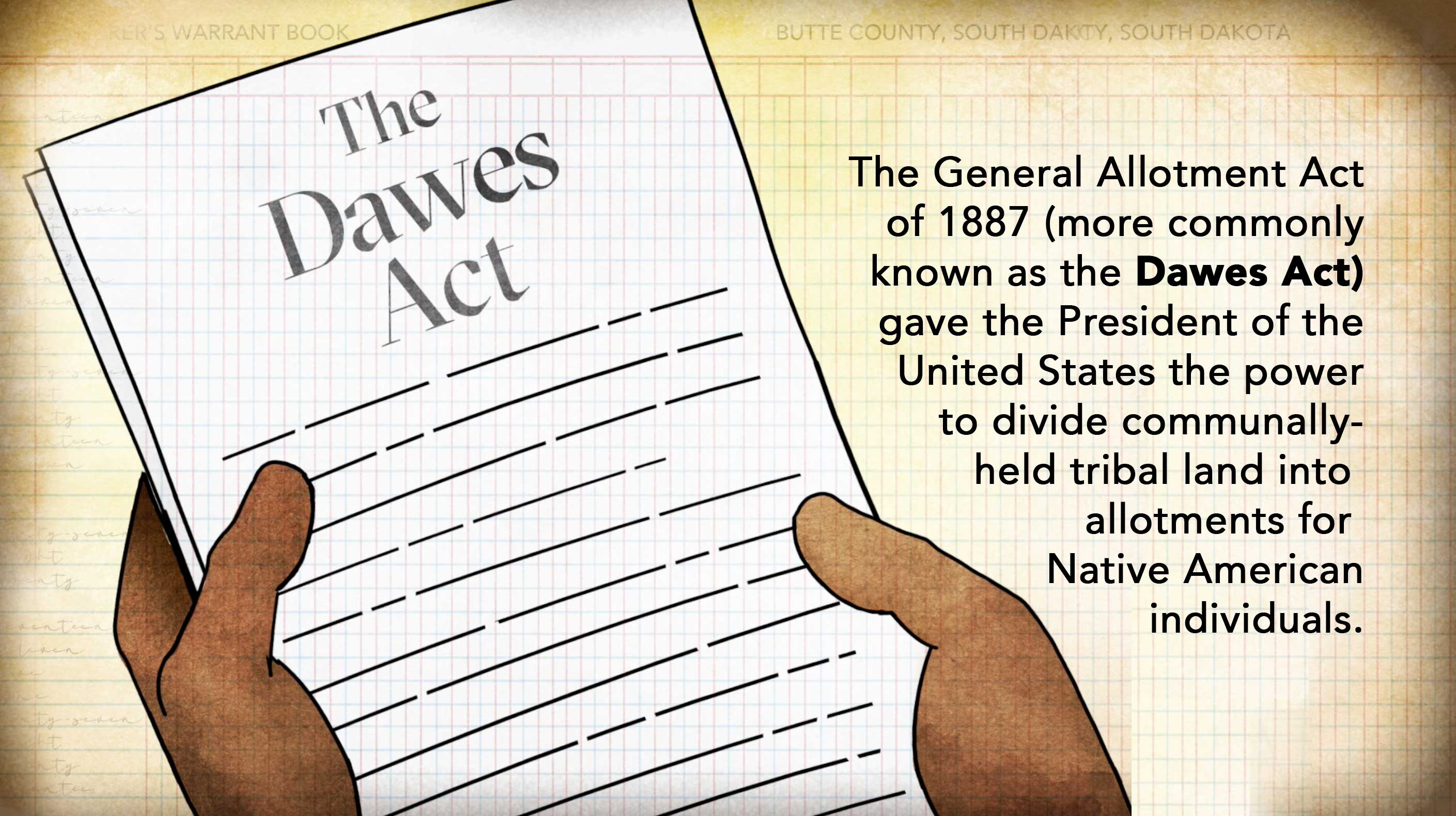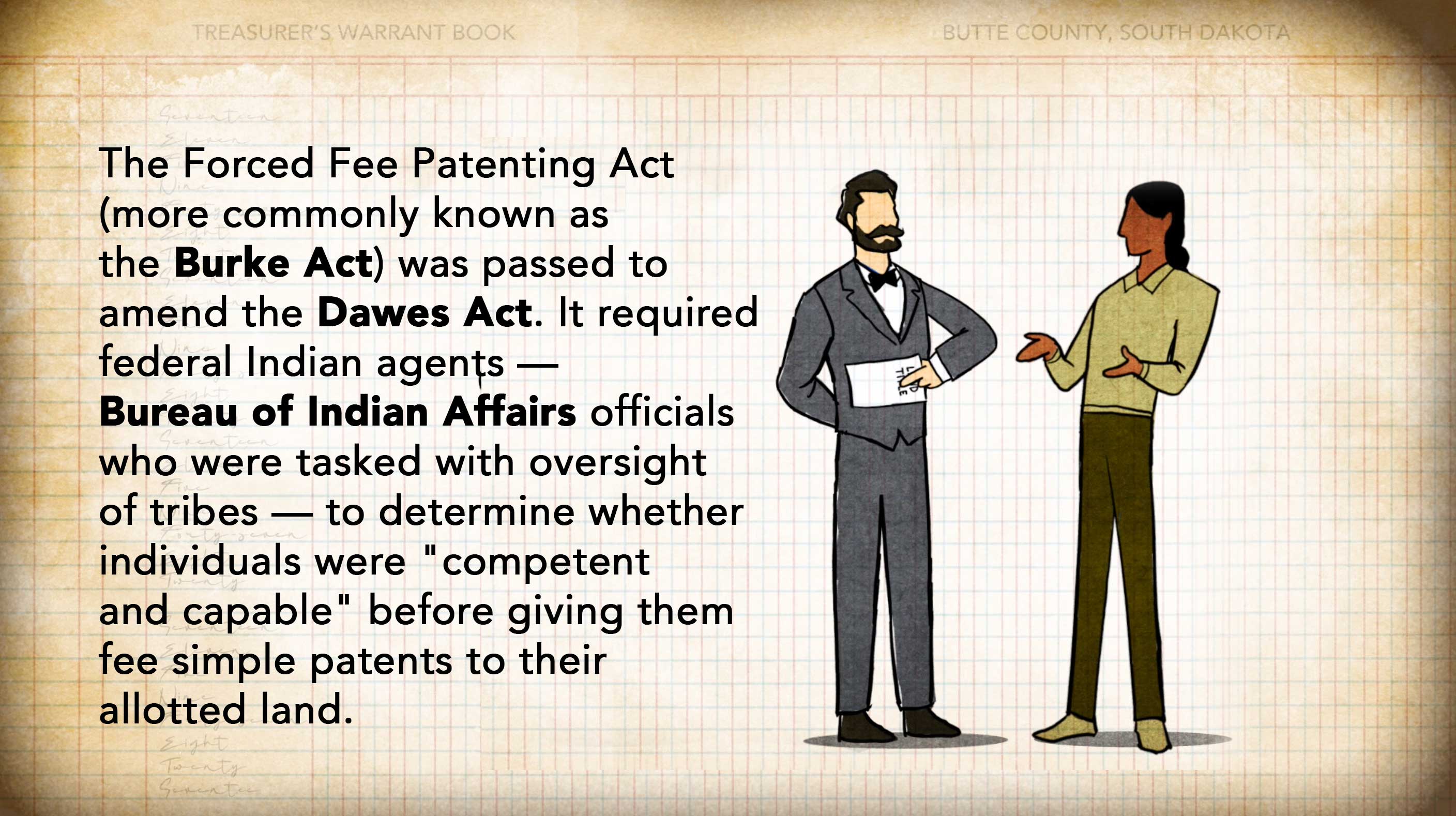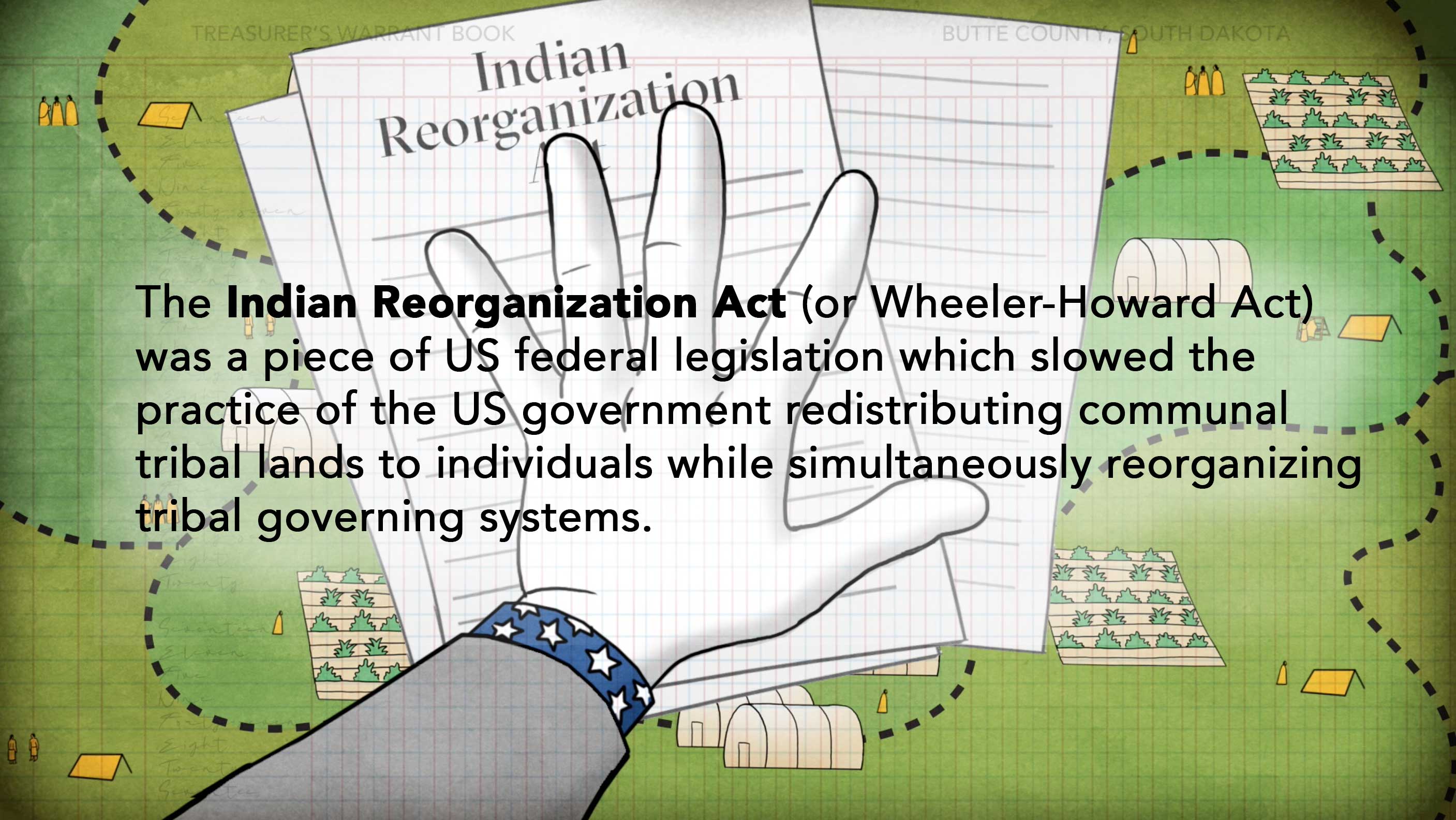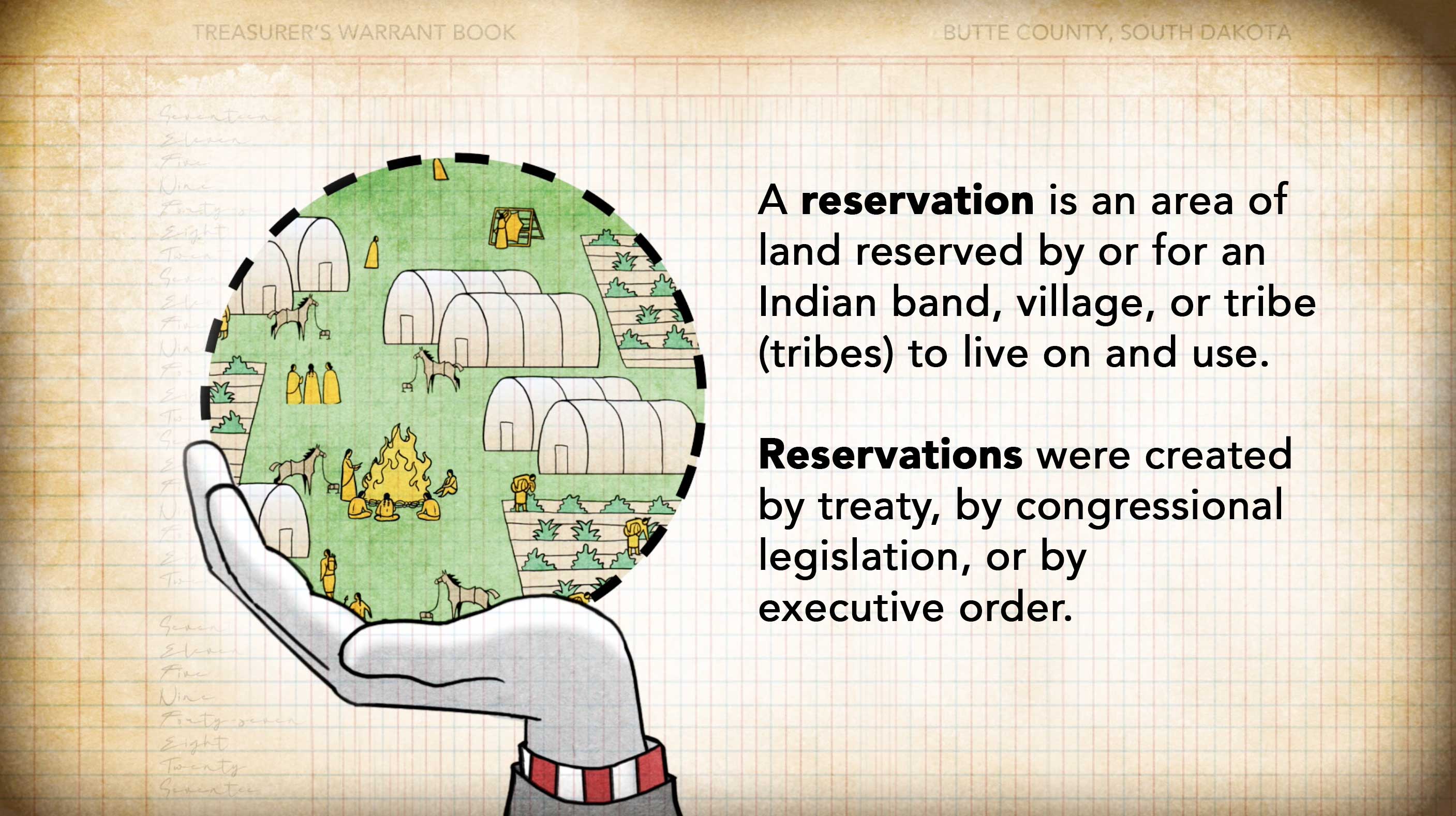Facts at your Fingertips
- Johnson v. M'Intosh (1823): In 1823, the Supreme Court case Johnson v. McIntosh ruled that private citizens could not purchase lands from Native Americans, therefore asserting that Native Americans did not own their tribal land. Further, restricting Native American tribes ability to sell land to private parties enabled the U.S. government to acquire tribal land at the lowest possible cost.
- Cherokee Nation v. Georgia (1831): In 1831, Cherokee Nation v. Georgia ruled that it could not evaluate the Cherokee Nation’s case against the state of Georgia because of its status as a “domestic, dependent nation.” It established the legal standing of Native American nations and held that their dependency upon the United States Government was like that of a "ward to its guardian".
- Worcester v. Georgia (1832): In 1832, Worcester v. Georgia ruled that the state of Georgia did have the authority to regulate the intercourse between citizens of its state and members of the Cherokee Nation. This decision laid out the legal relationship between federal government, the state, and tribes. The ruling effectively stated that the federal government maintained the authority to deal with Native American nations.
This act gave the federal government even greater control over Native Americans, who were given land allotments in exchange for U.S. citizenship and the abandonment of some forms of tribal institutions and self-governing practices. The act resulted in the transfer of millions of acres of reservation lands to non-native individuals.
The Forced Fee Patenting Act (more commonly known as the Burke Act) was passed to amend the Dawes Act. It required federal Indian agents — Bureau of Indian Affairs officials who were tasked with oversight of tribes — to determine whether individuals were "competent and capable" before giving them fee simple patents to their allotted land.
Since 1934, the Secretary of the Interior has had the responsibility of establishing new reservations or adding land to existing reservations.
Indian country includes:
- Land within the limits of an Indian reservation under the jurisdiction of the United States government;
- Dependent Indian communities, such as the New Mexico Pueblos; and
- Indian allotments still in trust, whether they are located within reservations or not.
Indian Country also includes land owned by non-Indians, as well as towns incorporated by non-Indians if they are within the boundaries of an Indian reservation. It is generally within these areas that tribal sovereignty applies and state power is limited.


